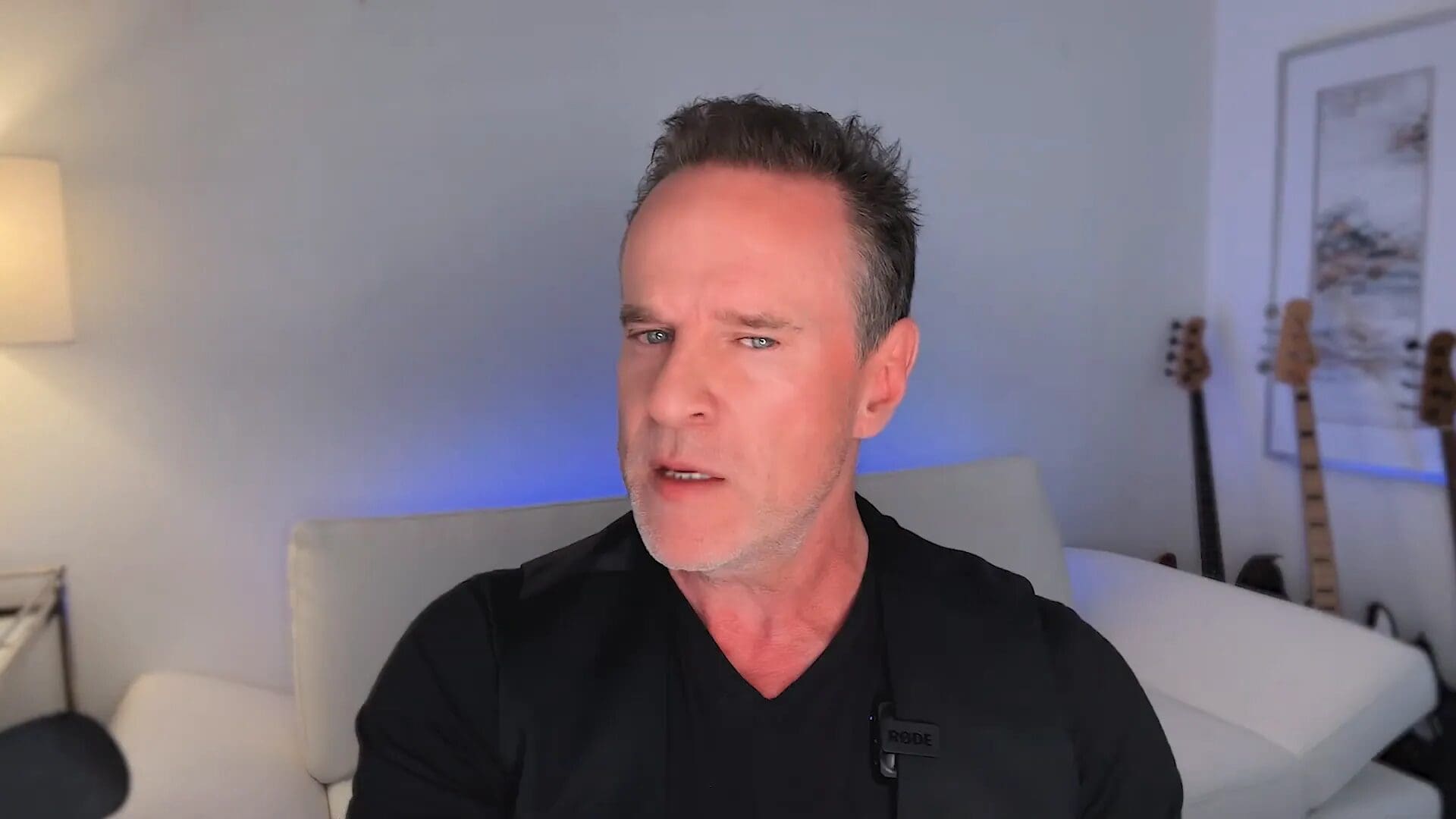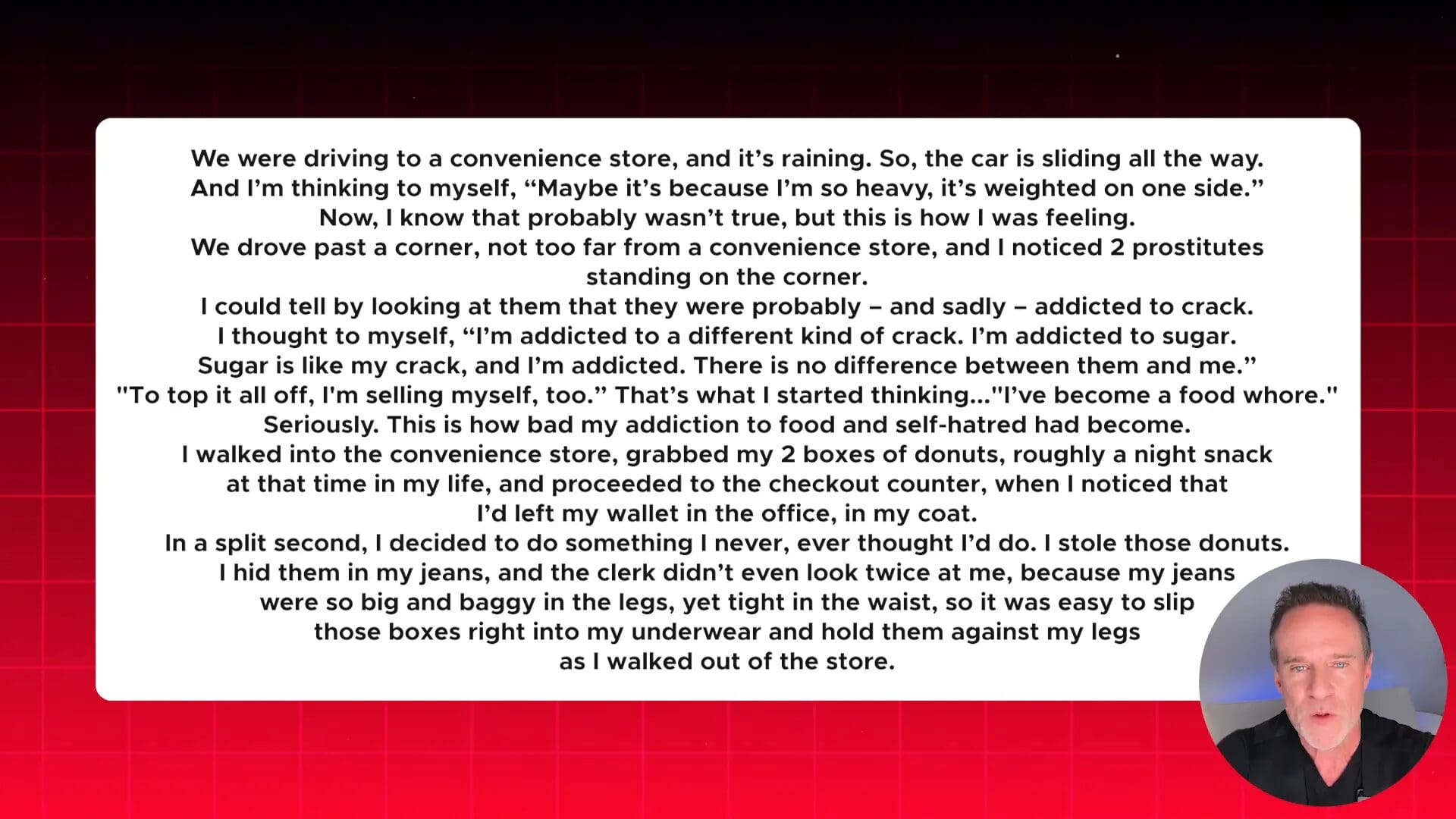
Picture this: you walk into the most expensive hotel in town. The staff already knows you. You reserved the penthouse suite. Before you can say a word, three hotel staff greet you to take care of your every need. One hands you a hot towel to refresh yourself, the other asks what drink you would like served on your terrace. As you walk through the hotel lobby, people see you; they don’t know you, but they can’t help but notice you and wonder what your life must be like. They wonder if you want a life like that. If you want to create that life, learn to be a master storyteller—or as I say, a story seller—because nothing sells like stories.
In this blog, I’m going to share three story selling formulas that will empower you to create the life you desire by selling quality offers to anyone on the planet. Let’s dive in!
Formula #1: Future Pacing
Future pacing is a technique borrowed from neurolinguistic programming (NLP). It helps bypass conscious blocks that prevent people from hearing your message effectively and triggers persuasive thoughts in your prospect’s mind. The essence of future pacing is to tell a story as if it’s already happened but is clearly set in the future.
Start your content piece with a vivid picture of the future. For instance, instead of saying, “in 30 days you’ll feel great,” try this: “Picture yourself 90 days from today. You woke up this morning feeling slimmer than you have in years. When you went to the kitchen, your spouse looked at you twice, almost not recognizing you.” See the difference? You’re making them feel it as if it’s already happened.
This technique makes your prospects’ minds see the situation as if it’s already a reality. So, when you write, remember to use the past tense to create this effect. It’s not just about painting a dream; it’s about making that dream feel tangible.
Formula #2: Entering in the Middle
This formula is all about grabbing attention by starting your story in the middle rather than at the beginning. It’s a classic technique used in movies, TV shows, and even self-help books.
For example, instead of saying, “Once upon a time, there was a woman who wanted to change her life,” you could start with, “She walked through my door, a shattered woman. I’d never seen Tracy in such a state.” This immediately raises questions: Who is Tracy? What happened? Why is she crying?
This method hooks readers and makes them curious enough to keep reading. You can then transition into the normal content after establishing that intrigue.

Formula #3: The Nightmare Story
This formula takes courage but can captivate a cold audience and get them emotionally invested in your story. The nightmare story works by sharing a personal, often embarrassing experience that highlights a struggle.
For example, I once shared a story about my struggle with weight loss. I described a cold night when I realized I’d left my coat behind and, feeling miserable, went to a convenience store to buy donuts—only to end up stealing them. This raw honesty connects with people; it shows vulnerability and creates empathy. It’s not just about the story; it’s about the transformation that follows.
When you tell a nightmare story, keep it relatable and impactful. The details matter, so don’t shy away from sharing your feelings and the lessons learned.

Conclusion
These three story selling formulas—future pacing, entering in the middle, and the nightmare story—are powerful tools in your storytelling arsenal. They help you connect with your audience on a deeper level, making your content not just informative but also engaging and persuasive. Remember, in the realm of copywriting and marketing, stories are not just a method of communication; they are the heart of selling.
So, what are you waiting for? Get out there and start crafting your stories that not only sell but resonate!
Check out the NEW BNSN App. It’s like having Jon Benson write all your copy and you don’t have to pay him $5k/hour.
FAQ
- What is future pacing?
Future pacing is a storytelling technique that presents a scenario as if it has already happened, helping the audience visualize their desired outcome.
- How can I start my story in the middle?
To start in the middle, jump straight into an intriguing moment or conflict to capture attention immediately, leaving the background information for later.
- What is a nightmare story?
A nightmare story involves sharing a personal struggle or embarrassing moment that highlights a challenge, creating a strong emotional connection with the audience.
For more tips on copywriting and storytelling, check out BNSN’s Promptless AI® that creates high-converting sales copy instantly without any prompts!